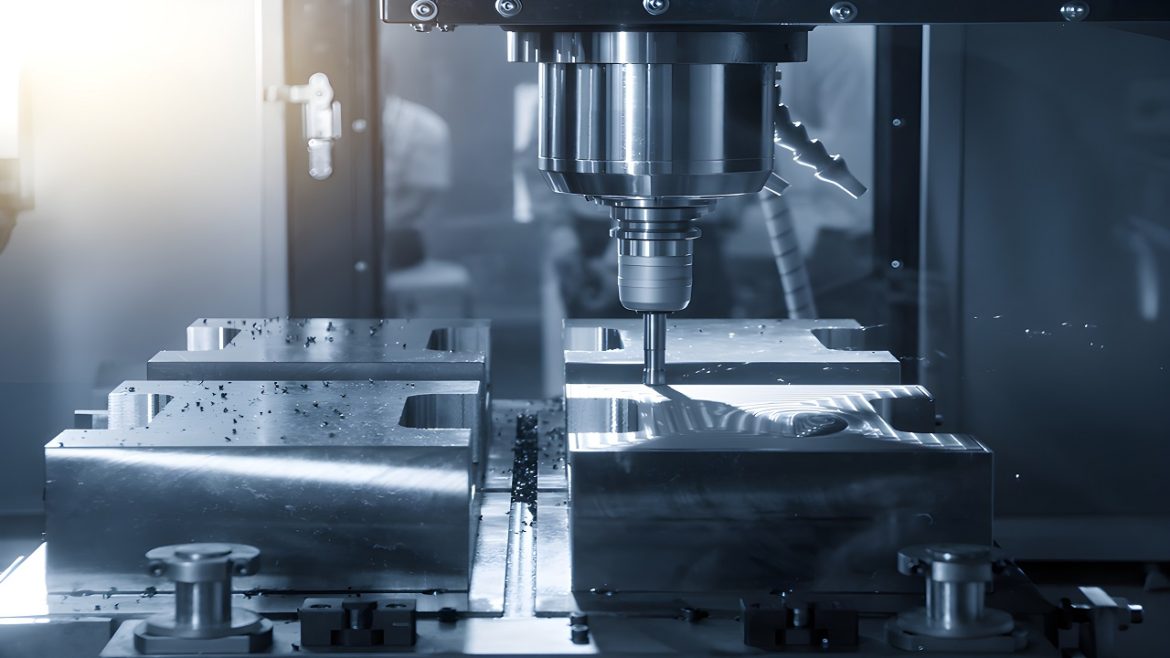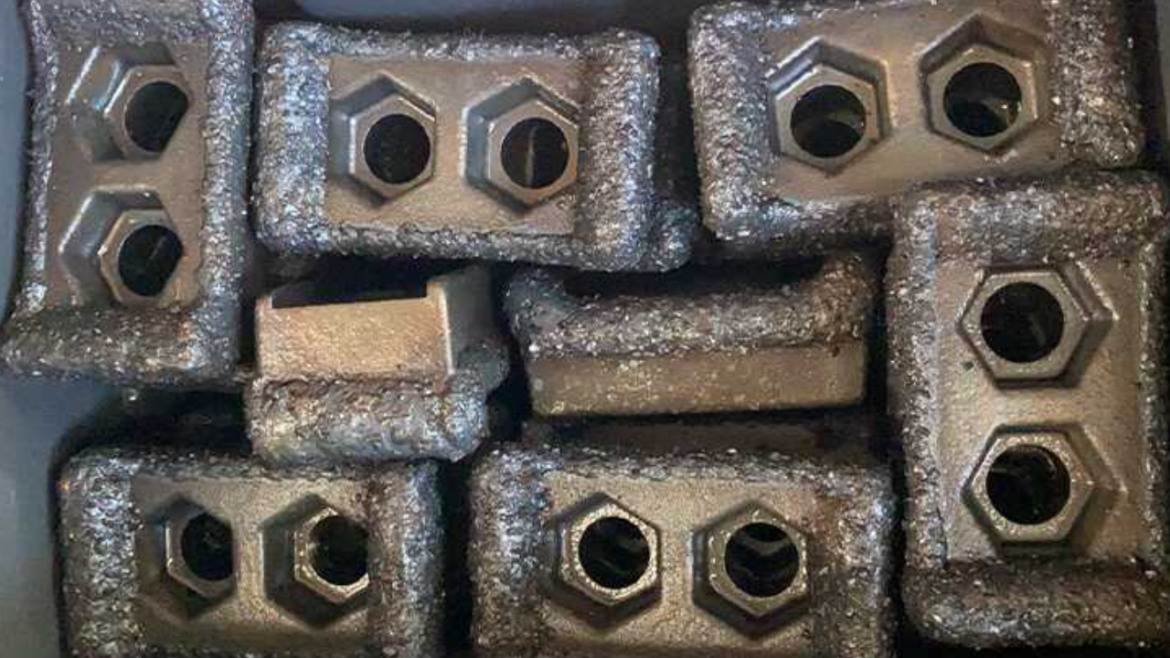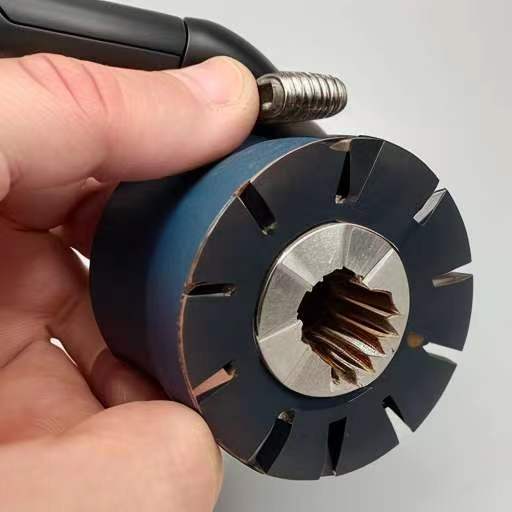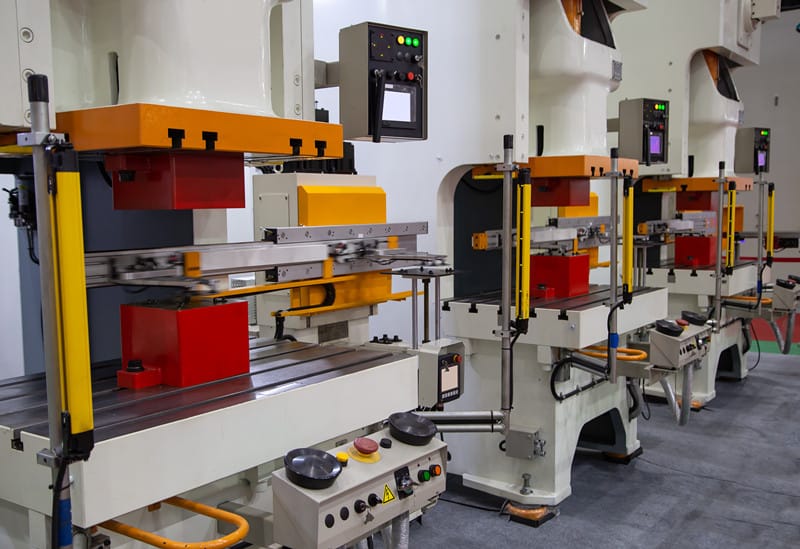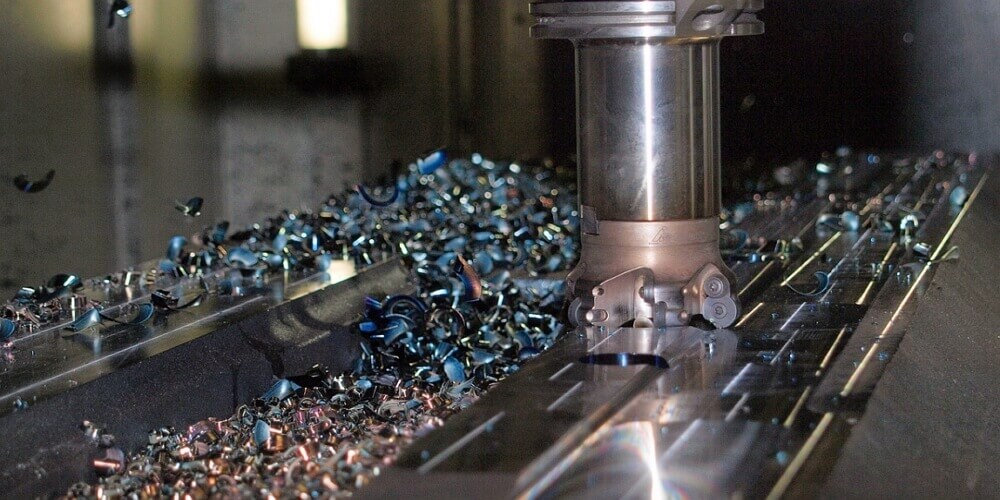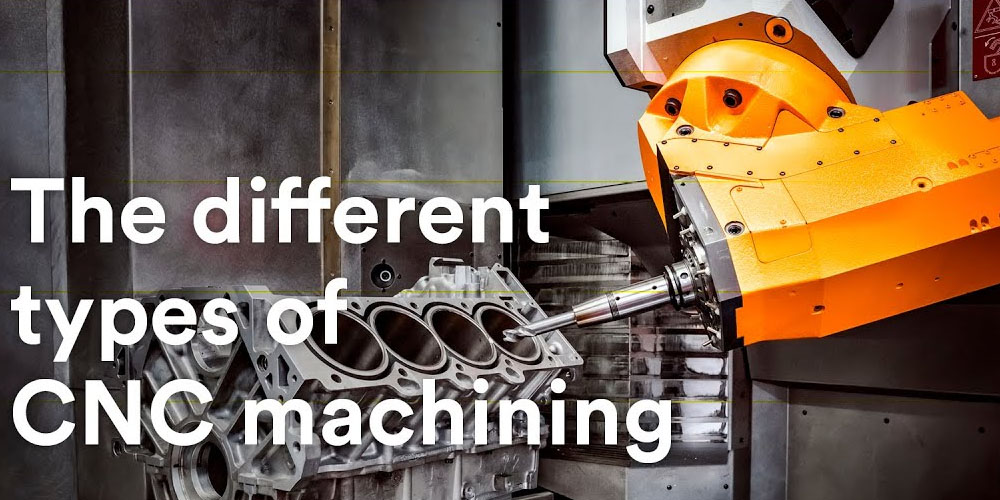Glutathione powder is frequently covered in skin care products, however, the time it takes to see effects can range notably among individuals critical to technique claims about the efficacy and protection of glutathione with a warning, as extra rigorous, lengthy-term studies are needed.
The selection of the best glutathione powder for pores and skin whitening may also rely upon individual preferences, application methods, and the particular formulation’s efficacy and safety. Please visit our website to learn more about the best glutathione powder for skin whitening. A session with a healthcare expert earlier than starting any pores and skin whitening routine regarding glutathione is recommended.
Elements to Pick the Best Glutathione Powder for Skin Brightening
Selecting the best glutathione powder for skin whitening requires careful consideration of a few important factors.
Purity and Quality
Prioritize purity and superior quality while choosing glutathione powder for skin and pores whitening. Opt for pharmaceutical-grade merchandise that goes through rigorous testing to ensure high purity and potency. Look for certifications together with GMP to confirm the product meets stringent and pleasant standards. This ensures you are using a safe and powerful product for skin whitening.
Bioavailability
Bioavailability is essential when selecting glutathione powder for skin whitening, as it determines how well the frame absorbs and ensures the antioxidant. Opt for formulations like liposomal or acetylated glutathione, which enhance bioavailability and ensure greater effective absorption. Stepped-forward bioavailability maximizes the skin-whitening benefits and normal efficacy of the supplement.
Formulation
Consider the system of the glutathione powder, together with any additional elements or enhancers. To promote glutathione’s activity and increase its efficiency, certain formulations may also include vitamin C or other antioxidants. However, use caution when using any parts or additions that can affect the product’s integrity.
Dosage
Determining an appropriate dosage of glutathione is critical for achieving desired effects without risking side effects. Start with a lower dosage and gradually increase as needed, keeping in mind that individual tolerance might also vary. Visit a healthcare professional to determine the best dosage primarily based on your skin kind, clinical history, and specific desires.
Safety Profile
While glutathione is normally taken into consideration as safe for most people, it’s important to be aware of potential consequences and contraindications. Exorbitant dosages of glutathione may furthermore spur damaging responses alongside gastrointestinal touchiness or sensitivities in certain people. Before using glutathione for skin whitening, pregnant or nursing women, people with certain medical conditions, and people with other medical conditions should use caution and consult scientific recommendations.
Manufacturer Reputation
The reputation of the manufacturer is important when choosing glutathione powder for pores and skin whitening. Pick a company with a solid track record of manufacturing superb supplements and adhering to stringent manufacturing requirements. Research customer evaluations and testimonials to gauge product efficacy and protection. A reputable manufacturer regularly signifies a reliable and honest product.
Cost-Effectiveness
At the same time, the price shouldn’t be the sole determinant, consider the price-effectiveness of the glutathione powder. Compare expenses across unique brands and formulations, thinking of factors such as potency, dosage, and package length. Remember the fact that investing in a super product may additionally yield higher consequences and, in the end, prove more cost-effective.
Conclusion
Choosing the best glutathione powder for pores and skin whitening calls for careful consideration of things such as purity, bioavailability, formulation, dosage, protection profile, producer popularity, cost effectiveness, clinical evidence, mode of administration, and a session with a healthcare professional. By making a knowledgeable decision and following proper recommendations, you can maximize the benefits of glutathione for achieving brighter, healthier-searching skin.

